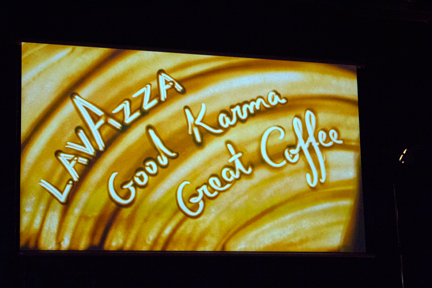The Tarbais Bean – Local and Legendary
 I love a good cassoulet. It's a comfort food that warms my soul, and anything that does that I hold in high regard. So, when my friends at The Framed Table posted about a quick preparation of this classic of French cuisine, it was here that I learned about the Tarbais bean.
While I love to cook, and French cuisine is a favorite of mine, I don't cook it. That's what French bistros are for. I didn't know an authentic cassoulet required these tender morsels from the land of Bigorre, an area in the southwest region of France. It all started to come together, food, a local ingredient with a history and traditional, and it came from a garden. It's a perfect match for me.
I love a good cassoulet. It's a comfort food that warms my soul, and anything that does that I hold in high regard. So, when my friends at The Framed Table posted about a quick preparation of this classic of French cuisine, it was here that I learned about the Tarbais bean.
While I love to cook, and French cuisine is a favorite of mine, I don't cook it. That's what French bistros are for. I didn't know an authentic cassoulet required these tender morsels from the land of Bigorre, an area in the southwest region of France. It all started to come together, food, a local ingredient with a history and traditional, and it came from a garden. It's a perfect match for me.
While researching, I came across this blog post about the bean. It's a fascinating read, and I'm going to highlight a couple of key parts. The first;
The first French bean to be granted of Label Rouge, in 1997, Tarbais Beans are famed for their extremely thin skin, which makes them easier to cook and gives them an unbeatable, delicate flavour.
The Label Rouge created in France in 1960 by the Agricultural Orientation Law guarantees a product has superior features compared to a similar product. In response to the industrialization of poultry farming, French poultry farmers started the process to get this law passed.
The second part I want to highlight is this;
Favourable soil The land of Bigorre is known for its light, silt-laden and rather stony soil, with a somewhat acid PH and little clay. Too much clay would thicken the seed peel and make the bean more floury. The plants benefit from the gravel of the Pyrenean mountain streams, which store up warmth during the day and release it during the night.
Suitable climate The type of soil is not enough to explain the distinctive qualities of the Tarbais Bean. In fact, the same seed, grown in identical conditions on very similar soils in other areas (Petites Pyrenees, alluvial terraces of the Garonne...), do not produce the same quality.
Bigorre is where the oceanic influence of the Gulf of Gascony meets the continental effects of the region of Toulouse : the resulting pleasant climate is a determining factor in the character of the Tarbais Haricot. Our area is free from the drying “devil’s wind” (the Autan); instead it benefits from the temperate Föhn, which comes from Aragon and grows gentler as it crosses France.
One of the many things destroyed by the industrial food complex is the loss of quality in food including the subtle influences of locally grown food. French poultry farmers realized that industrialization threatened this quality, and their livelihood. They addressed this to the government in 1960, which responded, while America embraced this industrialization.
After reading about the subtle differences that the local soil and climate have on the authentic Tarbais bean, I saw an opportunity for content. As regular readers know, I look at my life as a story I write everyday. With that in mind, I look for opportunities to present themselves as content. I could have left this as a stand alone post, however that wouldn't be much fun. So, I found a source of Tabaris seeds, and will order them today. I'll grown them here in southern New Jersey, and get some authentic beans to compare and contrast. It will also challenge me to cook a cassoulet. Stay tuned.

